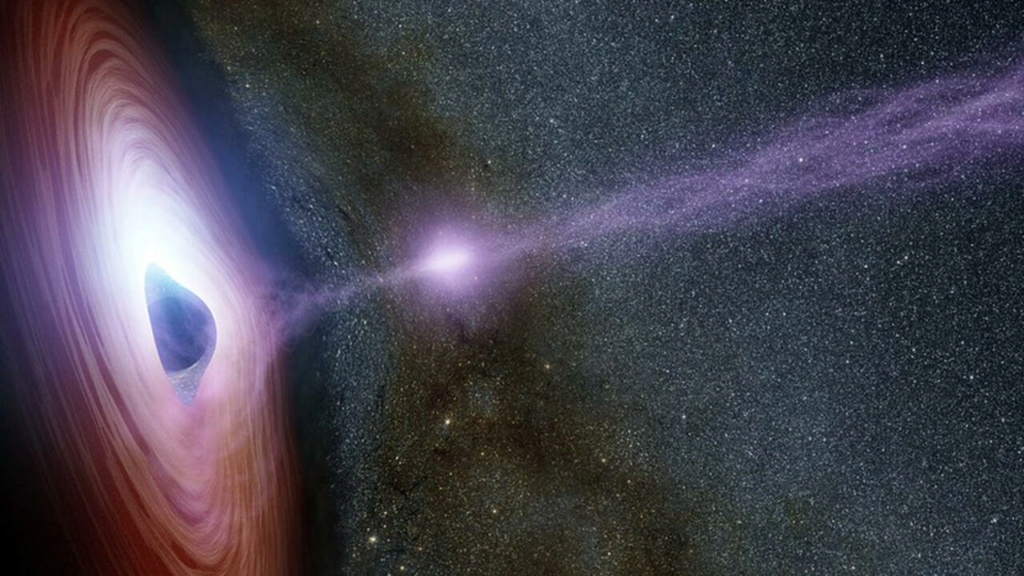Scientists create a robot that can travel around black holes

Scientists have created a robot that defies the usual legal guidelines of physics and will finally help them travel around black holes.
A report published on the "News NCR" website provided an explanation explaining how this robot works and the possibility of its movement around black holes, as when people, animals and machines move through the world, they need to push towards one thing - whether it is land, air or water. . This is Newton's third regulation: every movement has an equal and opposite response.
The regulation applies to the three-dimensional flat area that people travel through, but in a curved area forces can vary - and objects can move without friction or gravity.
For this, researchers from the Georgia Institute of Technology announced that they have built a robot that can move in a curved area without being pushed towards something.
“We let the shape-shifting object—the robot—move in the simplest curved space, the ball, to study the motion systematically in the curved space,” said Zapp Rocklin, assistant professor in the School of Physics at Georgia Institute of Technology of the experiment. It was so counterintuitive that some physicists rejected it. Indeed, when the robot changed shape, it moved forward around the sphere in a way that cannot be explained by normal environmental interactions."
And about the way in which the scientists simulated what would happen in the future in space, they inserted a swimmer with a reel with motors running on a freely rotating arm, then connected the piece to a rotating shaft so that the motors would move each operating period on a ball, while supporting the shaft with pneumatic bearings and linings to reduce friction. Shaft alignment calibration with gravity to reduce residual engine action.
The result was that the robots had moved and changed their shape, but their movements were small and were not amazing enough, as the video of the experiment showed, but the slight change in the movements certainly has important implications and interpretations. Most important of the discovery is the researchers' hope that these mechanisms can be harnessed to navigate the curved regions of black holes.
https://www.mc-doualiya.com/%D8%B9%D9%84%D9%88%D9%85/20220820-%D8%A7%D9%84%D8%B9%D9%84%D9%85%D8%A7%D8%A1-%D9%8A%D8%A8%D8%AA%D9%83%D8%B1%D9%88%D9%86-%D8%B1%D9%88%D8%A8%D9%88%D8%AA%D8%A7-%D9%8A%D9%85%D9%83%D9%86%D9%87-%D8%A7%D9%84%D8%B3%D9%81%D8%B1-%D8%AD%D9%88%D9%84-%D8%A7%D9%84%D8%AB%D9%82%D9%88%D8%A8-%D8%A7%D9%84%D8%B3%D9%88%D8%AF%D8%A7%D8%A1?fbclid=IwAR3nXiF-Z2--eo153zoO3as9uquK2ko5sMOYyB5CzQlJe4k18-kaf-EqT6o

